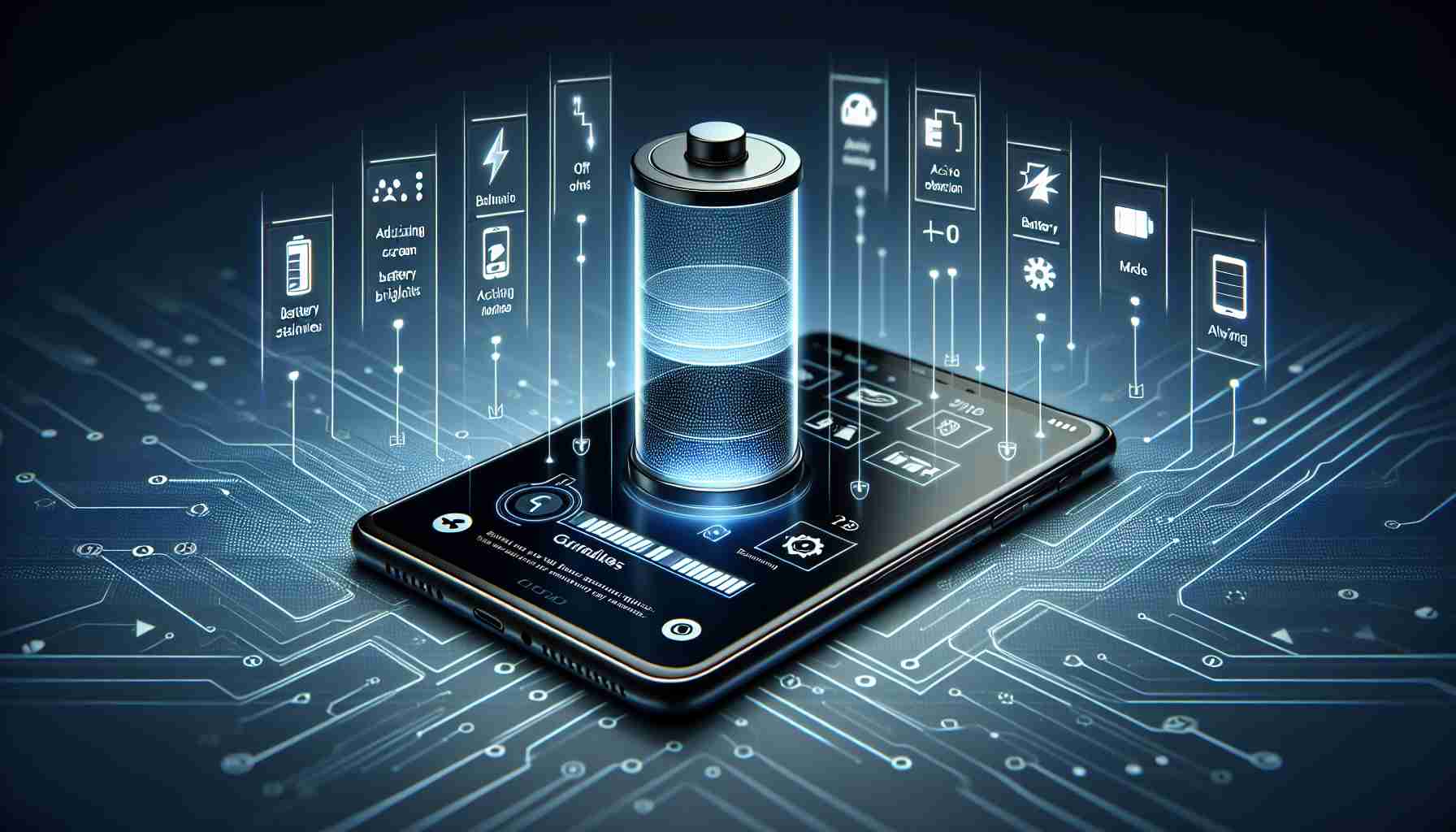Smart Charging Habits to Prolong Battery Health
Experts in mobile technology stress that both completely draining a phone’s battery and routinely charging it to 100% can speed up the wear and tear on the device. They advise that the optimal lifespan of lithium-ion batteries is achieved by keeping the charge within the range of 20-90%, and ideally ending the charge between 80-90%.
It’s been indicated that charging a phone battery at any point, rather than waiting for it to be nearly dead, is in line with best practices. Cells within the battery can deteriorate if they regularly drop to nearly 0%. Furthermore, maintaining battery levels between 65% and 75% is ideal for longevity, while overnight charging or utilizing slow charging features (if available on the device) is not recommended.
Choosing the Right Charger and Accessories
Many individuals try to economize by opting for cheap, unbranded charging accessories, which could slow down charging times and damage the phone over time. Using the charger provided by the phone’s manufacturer is always the best choice. If a replacement is necessary, selecting certified and reliable chargers and cables from official sources is advised. Worn-out or damaged charging cables should be replaced immediately.
Safety Precautions with External Power Banks
While portable chargers can be convenient for prolonged battery use, unbranded ones may harm the battery and pose safety risks. High-quality, compatible power banks should be used to ensure both the phone’s and the user’s safety.
Appropriate Charging Conditions
Aamir Irshad, a mobile expert, underscores the importance of charging smartphones within the safes temperature range of 0-35℃. Exceeding this range or using rapid charging, which generates excess heat, can be detrimental to the device. Apple specifically cautions against covering a charging device with bedding or placing it near the body due to the risk of overheating and potential fires or explosions.
When charging outdoors, it’s best to keep the phone in a shaded area to avoid exposure to direct sunlight. Removing the phone case can further help keep the device cool.
Using While Charging: A Harmful Practice
Even though modern smartphones are designed to stop charging once 100% battery level is reached, the charger doesn’t stop working if the phone continues to be used. This results in continuous reactivation of the charging process, heating the device quickly, and potentially causing battery deterioration or hazardous situations.
Software Updates and Battery Optimization Settings
It is not mentioned in the article that keeping the smartphone software up to date is crucial for battery life. Manufacturers often release updates that include battery optimization features and fix bugs that may be draining the battery excessively. Additionally, most smartphones have built-in battery optimization settings that can help extend the battery life by controlling background processes and app refreshes.
Monitoring Apps and Battery Usage
Another important practice is regularly monitoring apps for energy consumption. Some applications may use an excessive amount of battery in the background. Users should check battery usage in their smartphone settings and close or uninstall apps that are consuming an unusual amount of battery.
Optimizing Screen Settings
Adjusting screen brightness and timeout settings can significantly impact battery life. Using adaptive brightness or lowering the screen brightness manually can reduce energy consumption. Similarly, reducing the screen timeout duration ensures that the phone goes into standby more quickly when not in use.
The Role of Battery Saving Modes
Most smartphones come with a power-saving mode that, when enabled, reduces the phone’s performance and limits background data to save battery life. It can be particularly useful when the battery is running low and there is no immediate option to charge it.
Replacing the Battery
When a smartphone’s battery begins to deteriorate significantly and cannot hold a charge effectively, replacing the battery rather than the whole device can be a more sustainable and cost-effective solution. Some manufacturers offer battery replacement programs.
Main Controversies and Challenges
The main challenge in maximizing smartphone battery life is balancing the need to use the device as required while preserving the battery’s lifespan. Users may find it inconvenient to adhere to the recommended charging ranges or replace charging accessories with only official products due to cost.
Advantages and Disadvantages
Adhering to proper charging habits can significantly extend the life of the battery, leading to cost savings, as smartphones will not need to be replaced as frequently. However, this may come with the inconvenience of more frequent charging and potential cost implications when buying certified accessories.
Safety and Recycling
Proper disposal and recycling of smartphone batteries are important for environmental safety. Users should be aware that batteries contain hazardous materials and should never be thrown away with regular household waste.
For more information on how to effectively manage and optimize your smartphone battery life, visit the following links to their main domains:
Apple – Provides guidance for users of Apple devices, including tips for battery usage and maintenance.
Android – Offers advice for Android device users on various settings and features that can impact battery life.
Samsung – Contains user support and advice specific to Samsung devices.
OnePlus – May have tips and community discussions about battery life for OnePlus phone users.
U.S. Department of Energy – While not smartphone-specific, this site has general information about battery technology and optimization.
